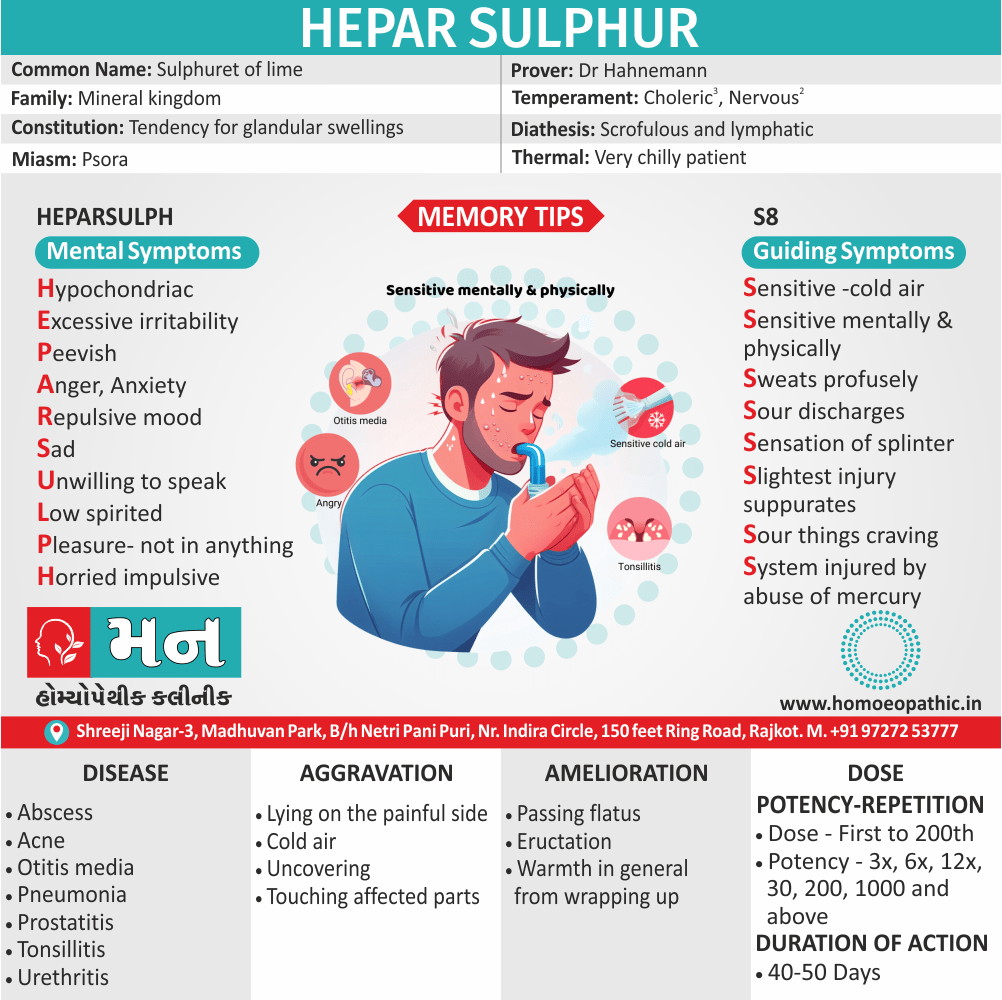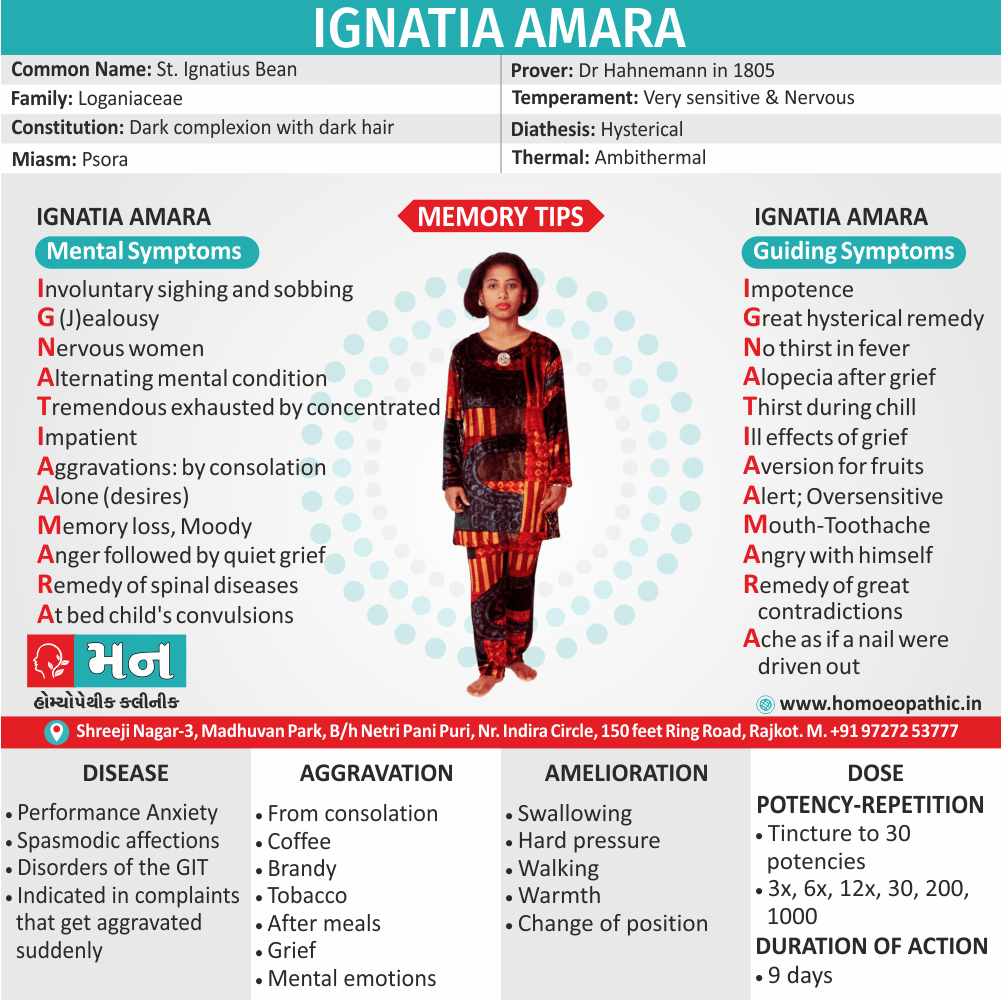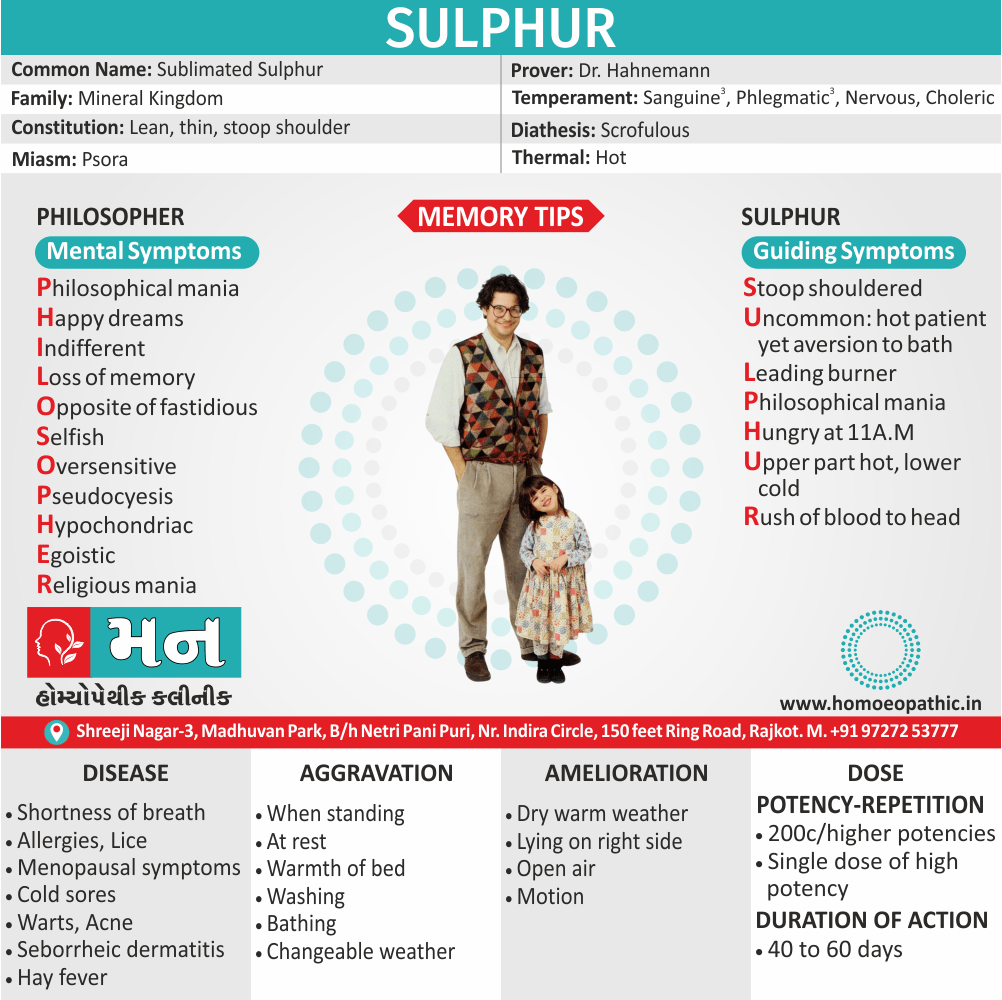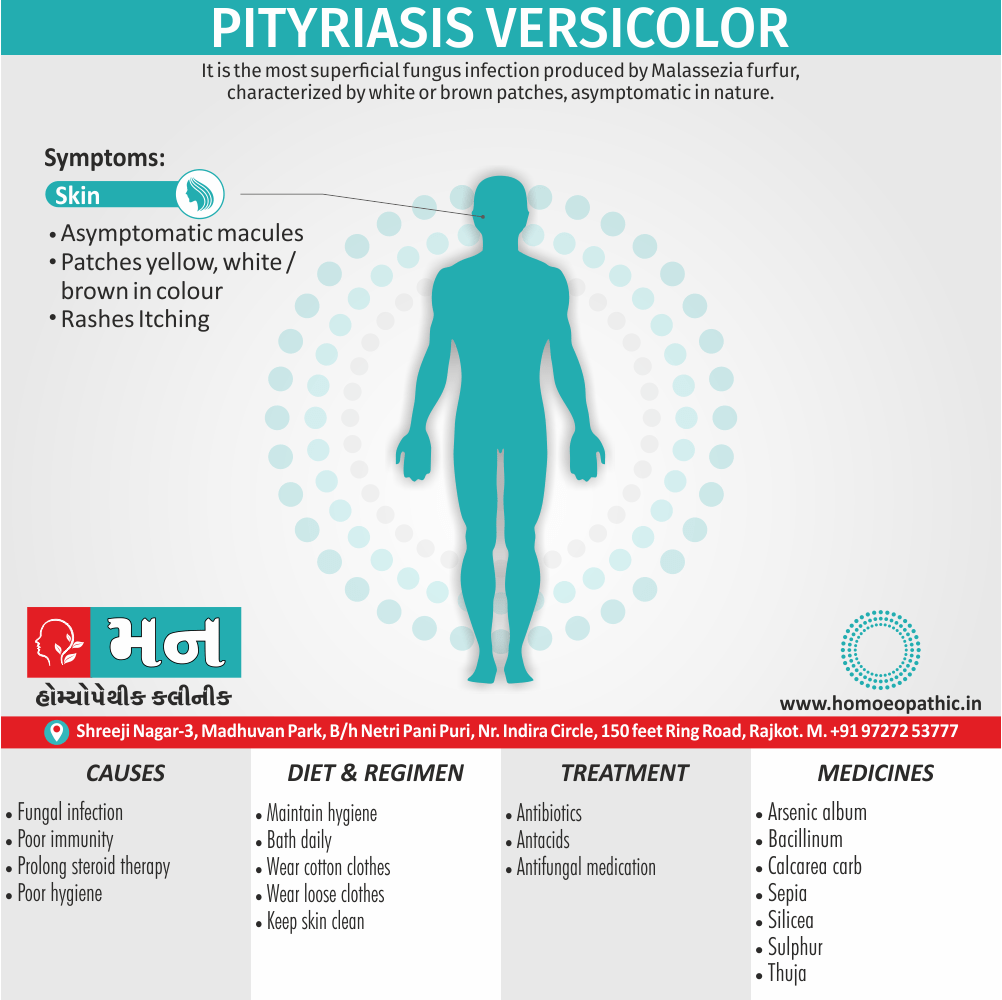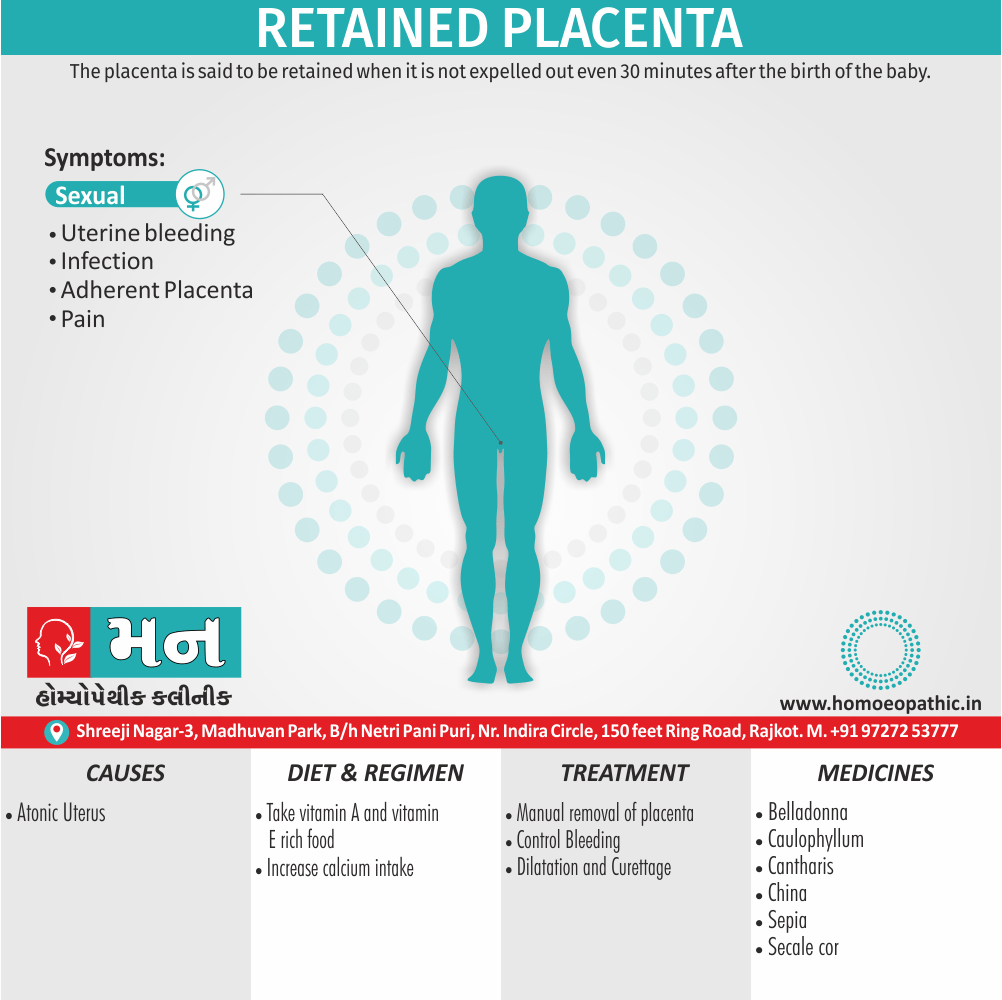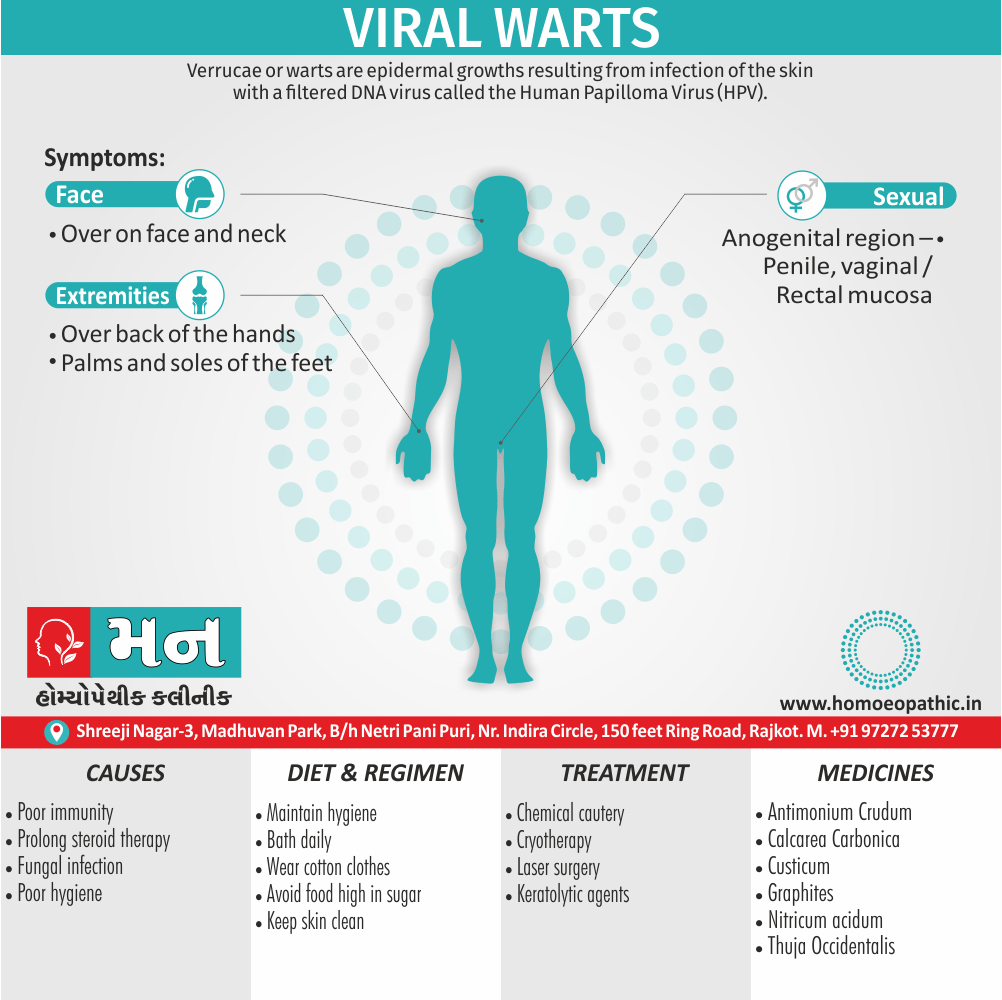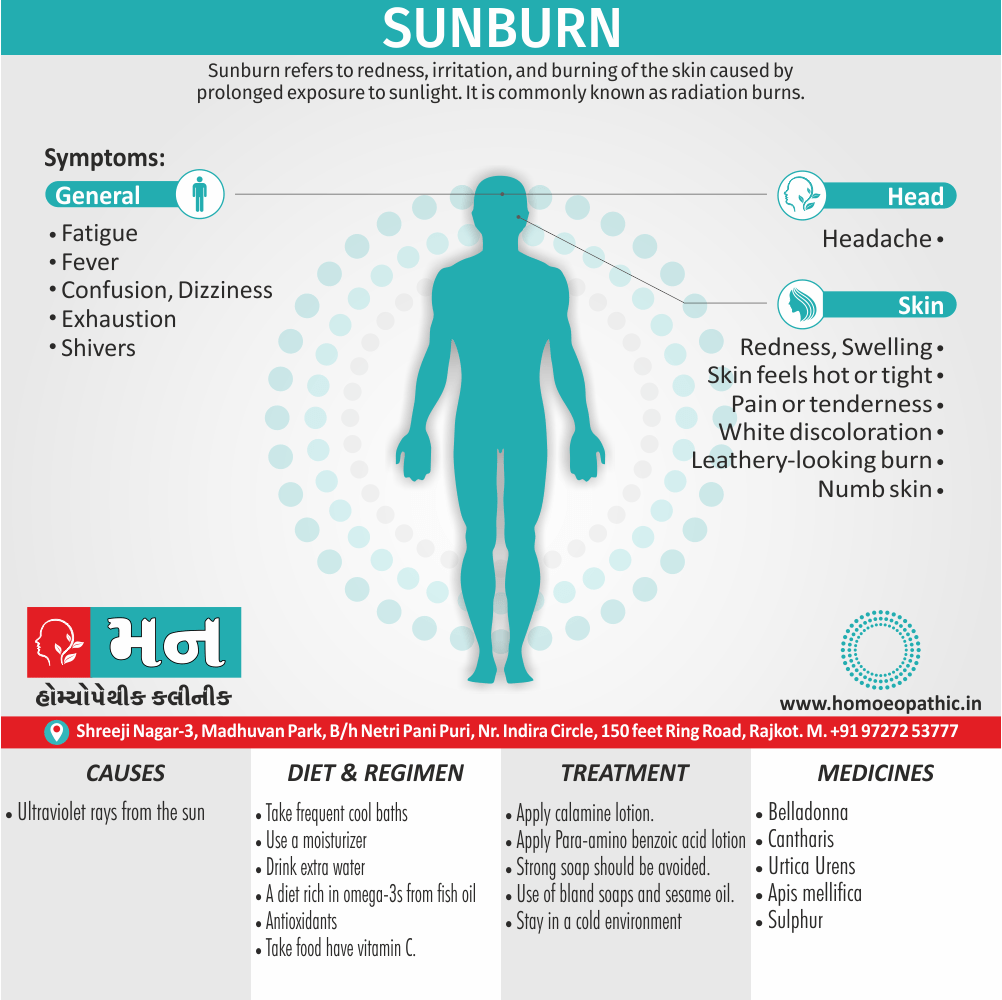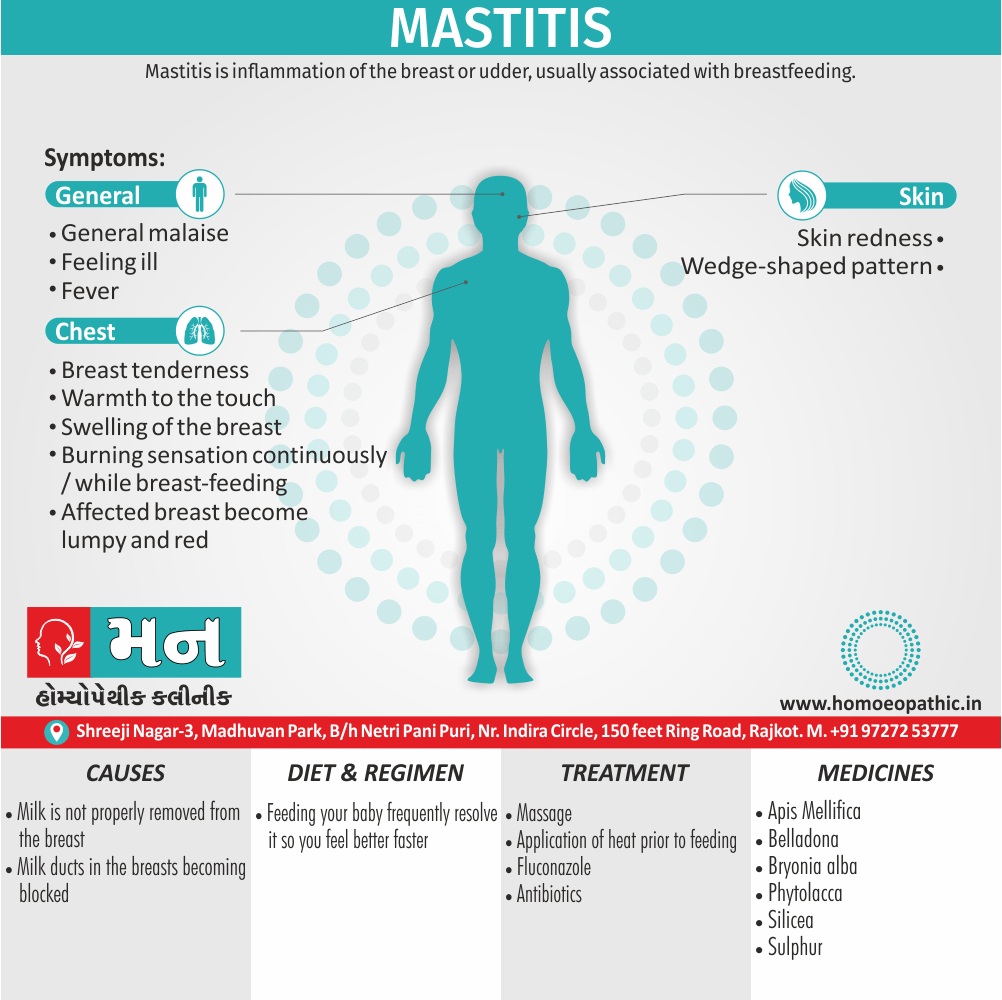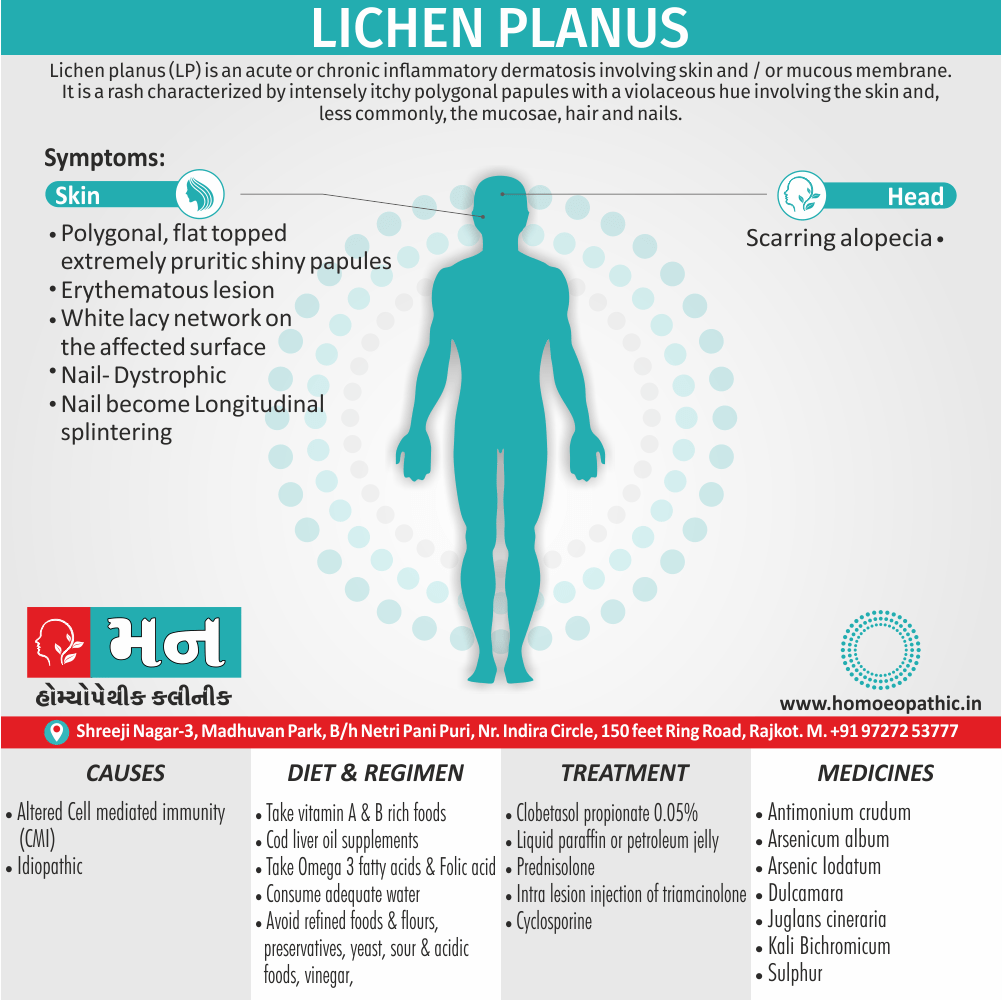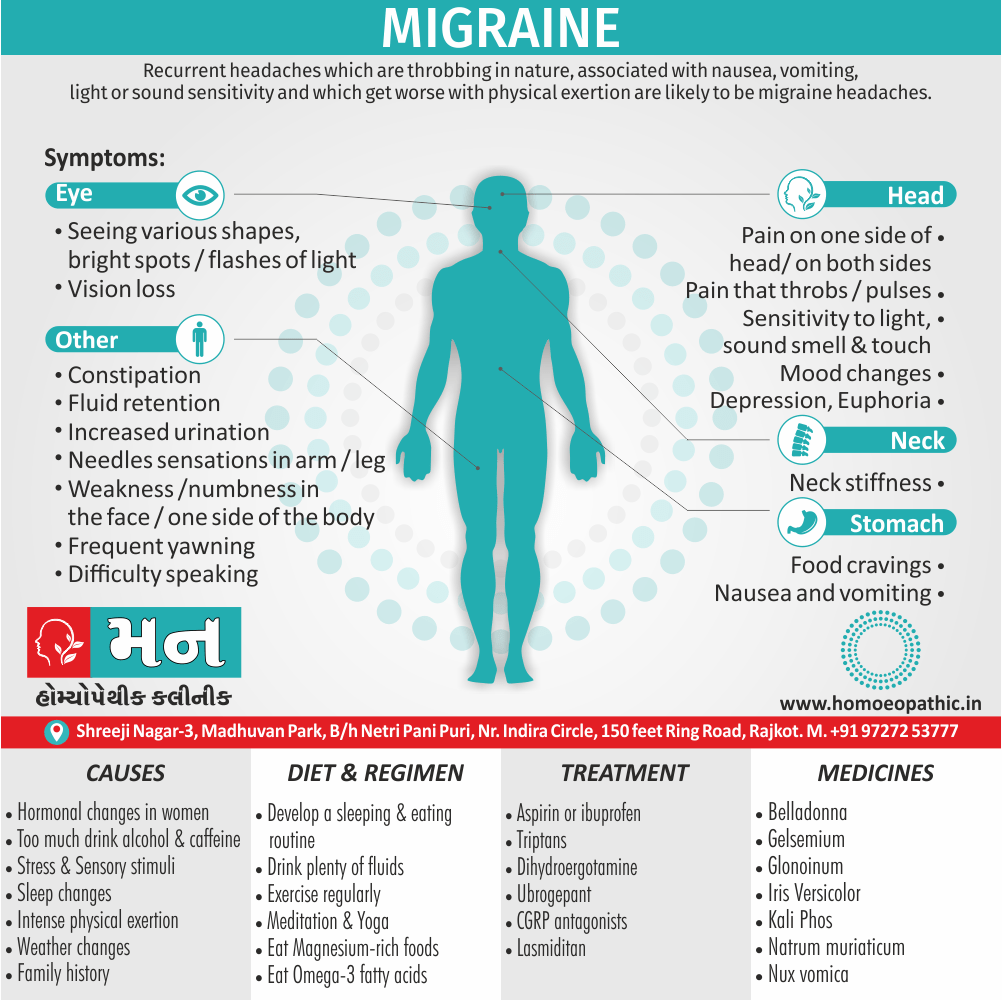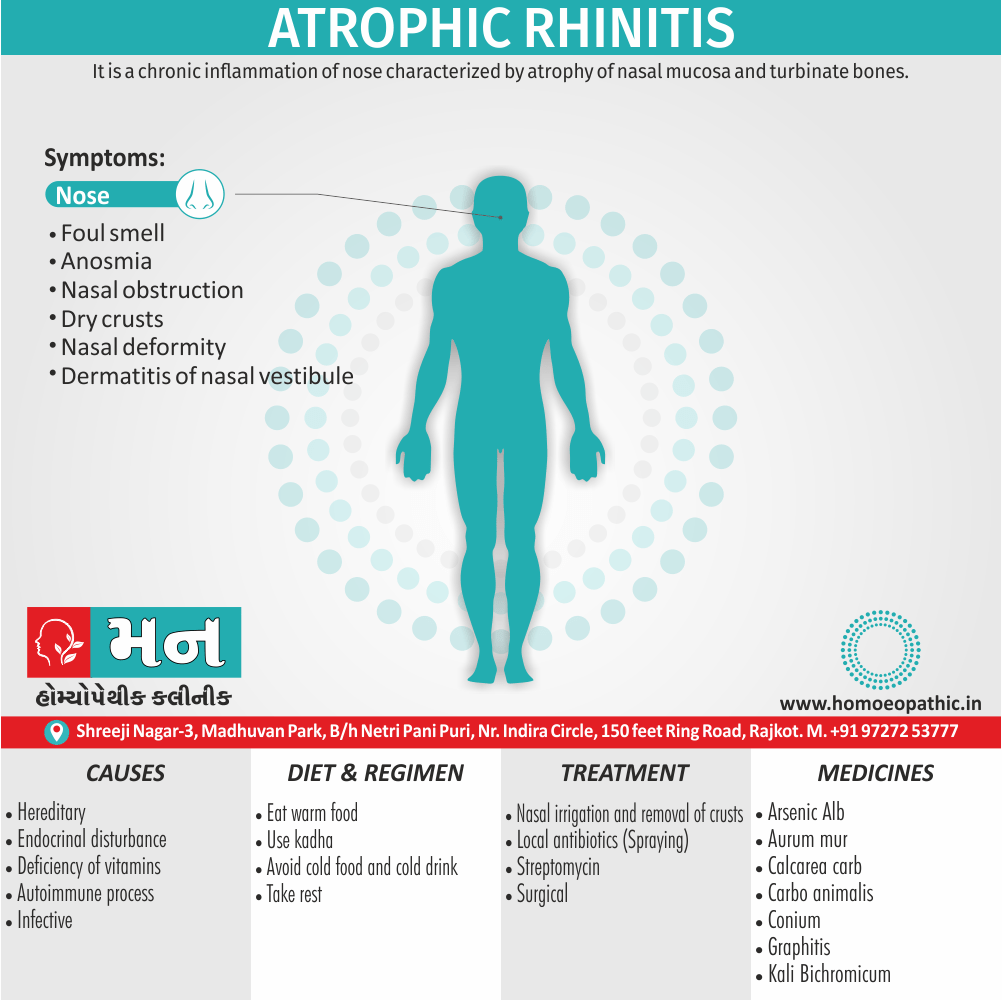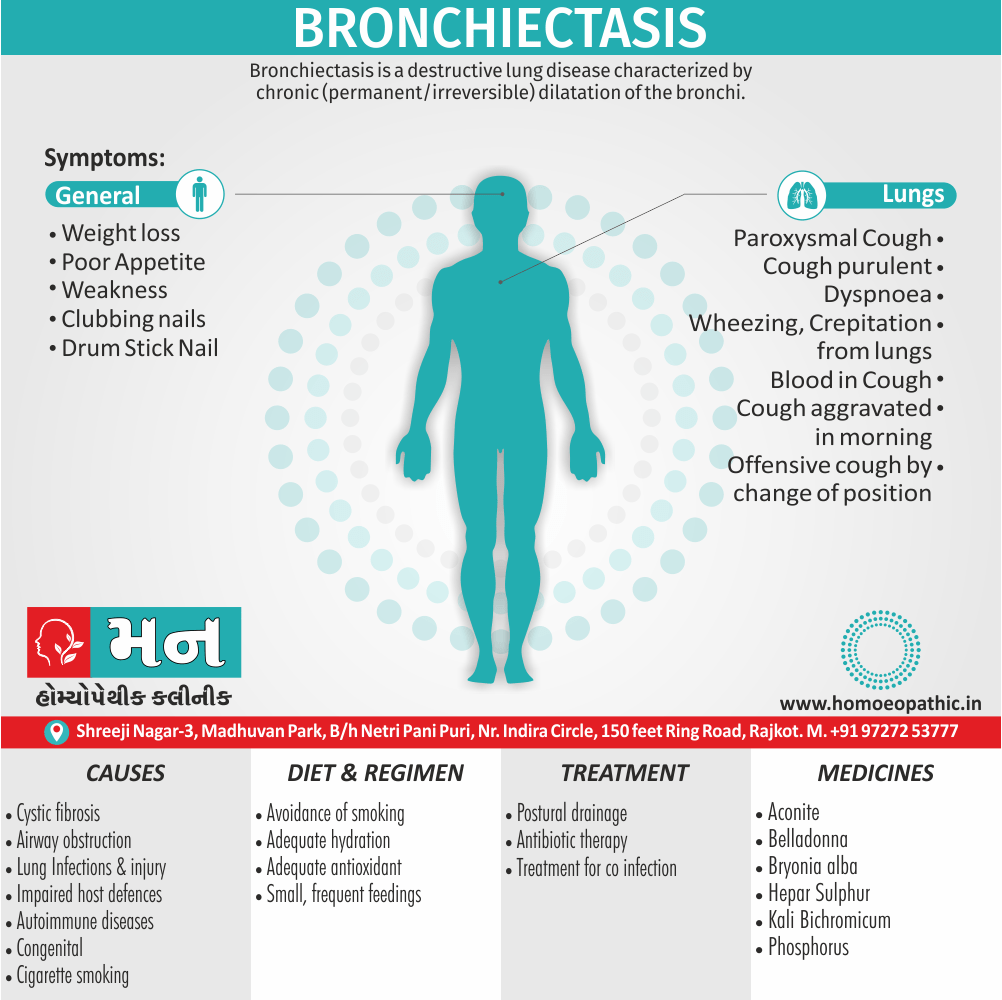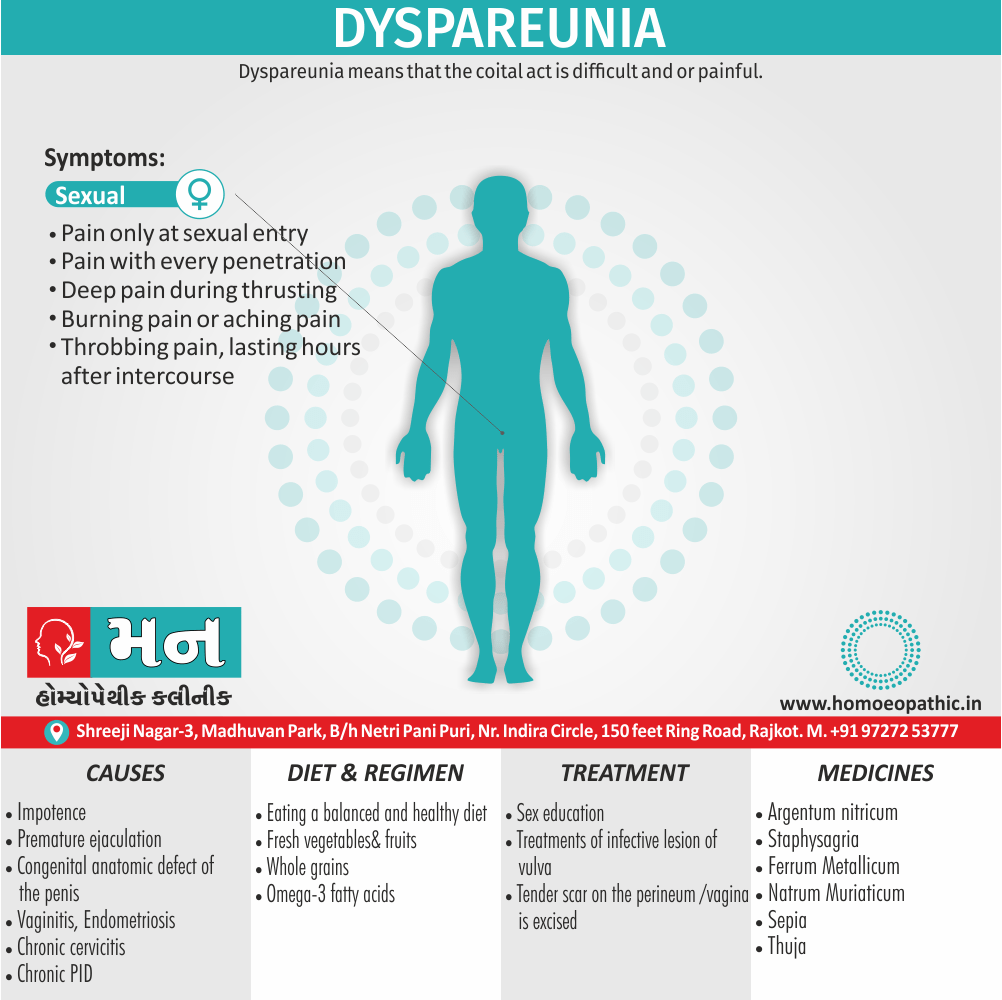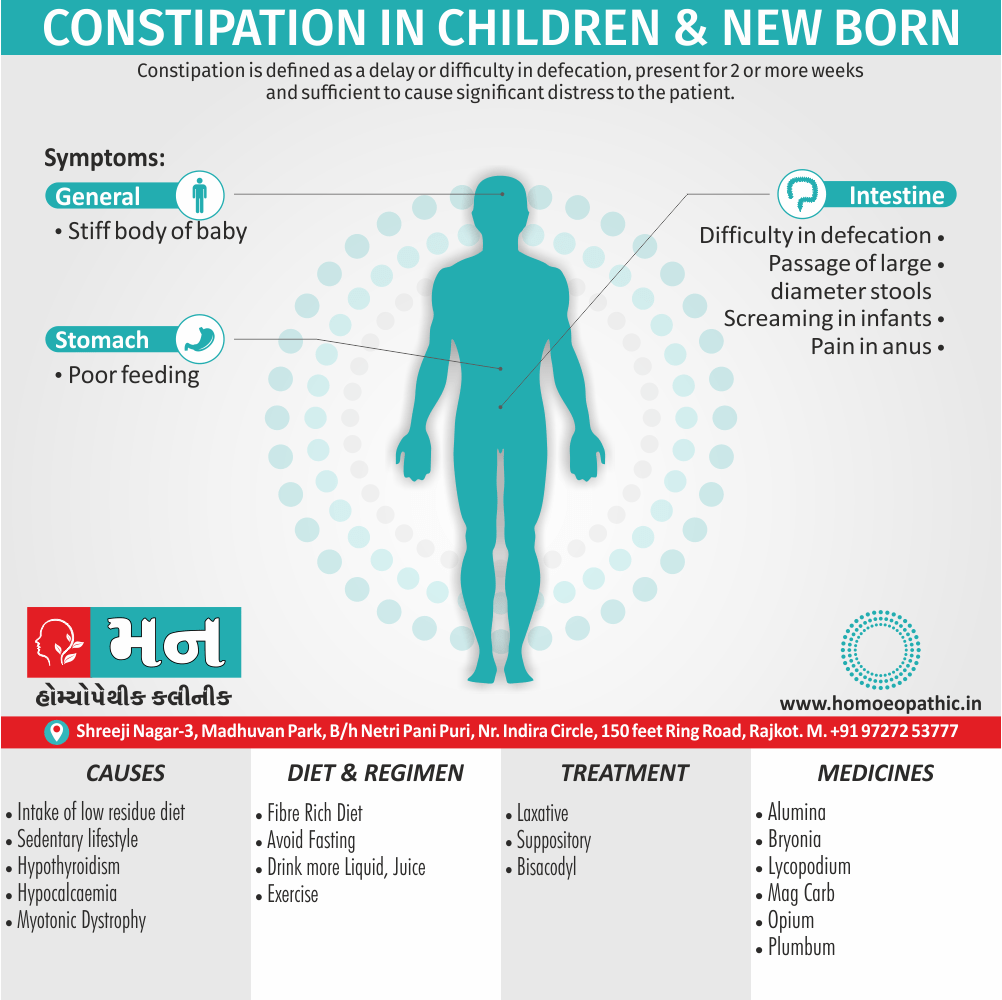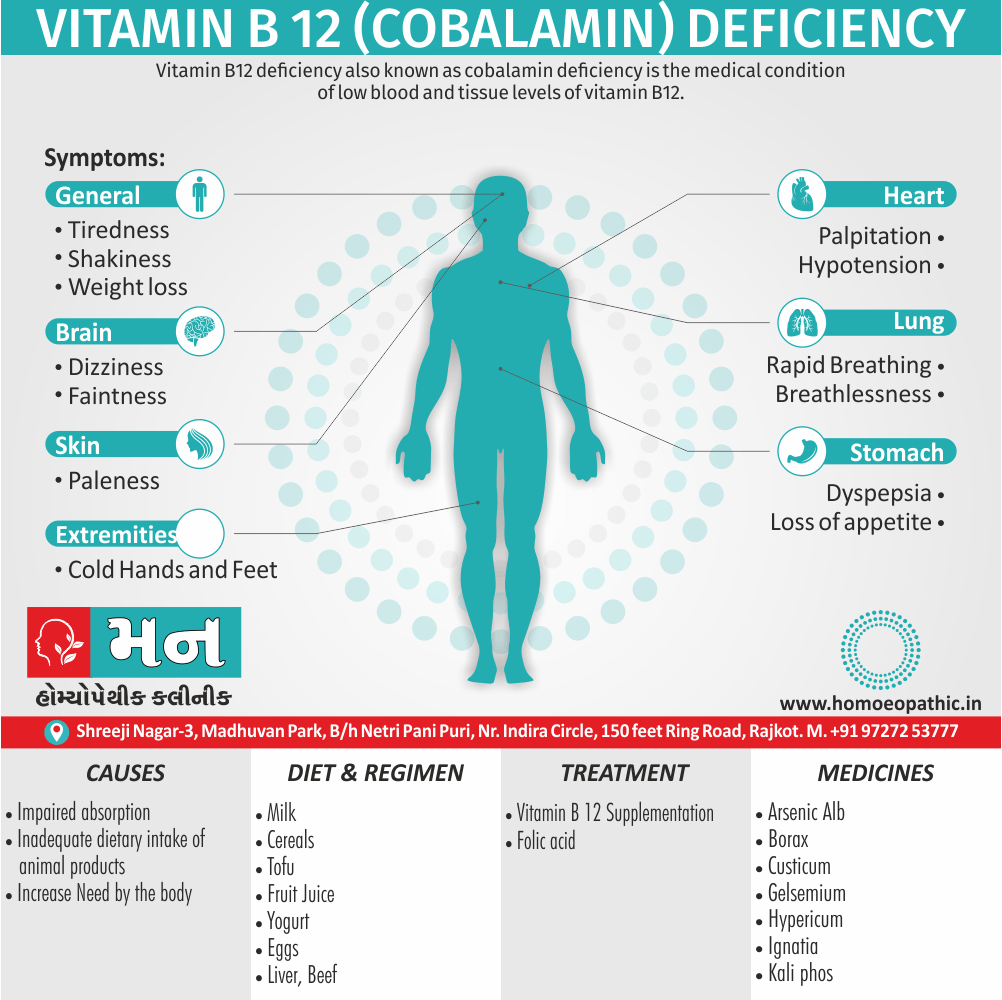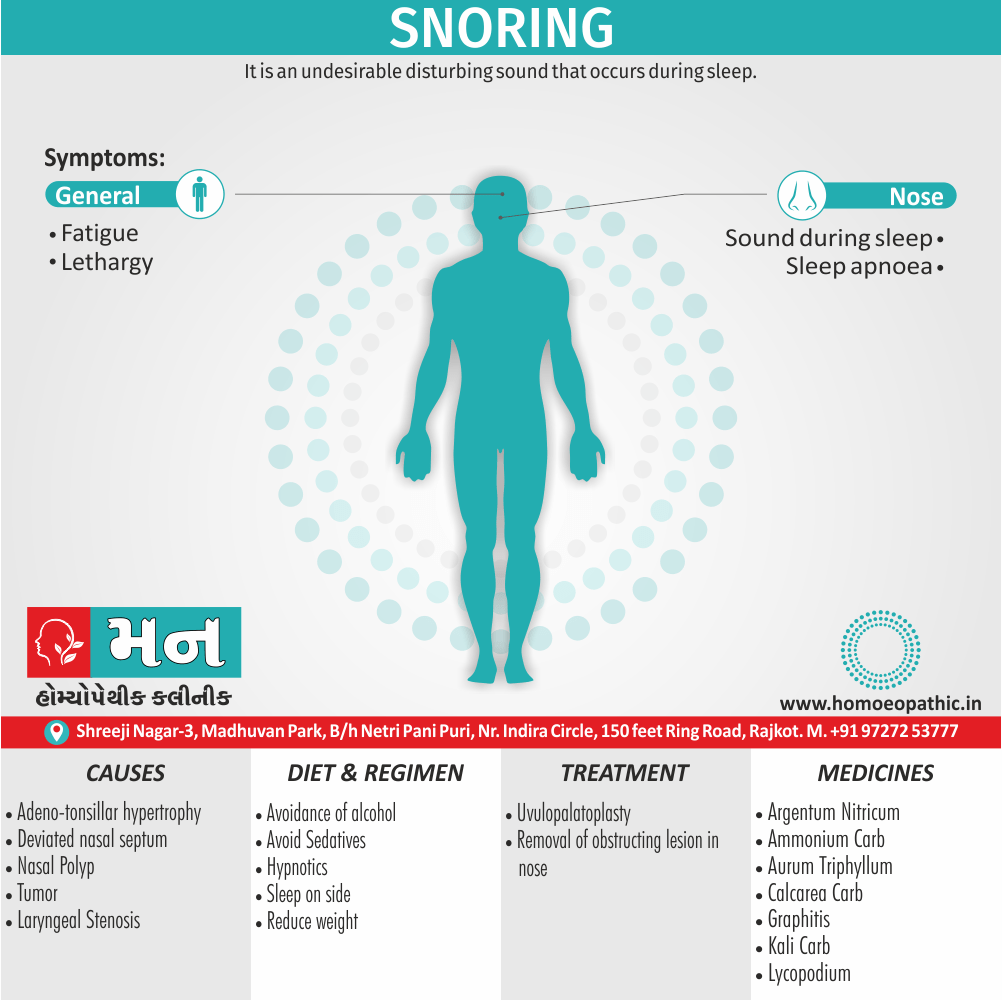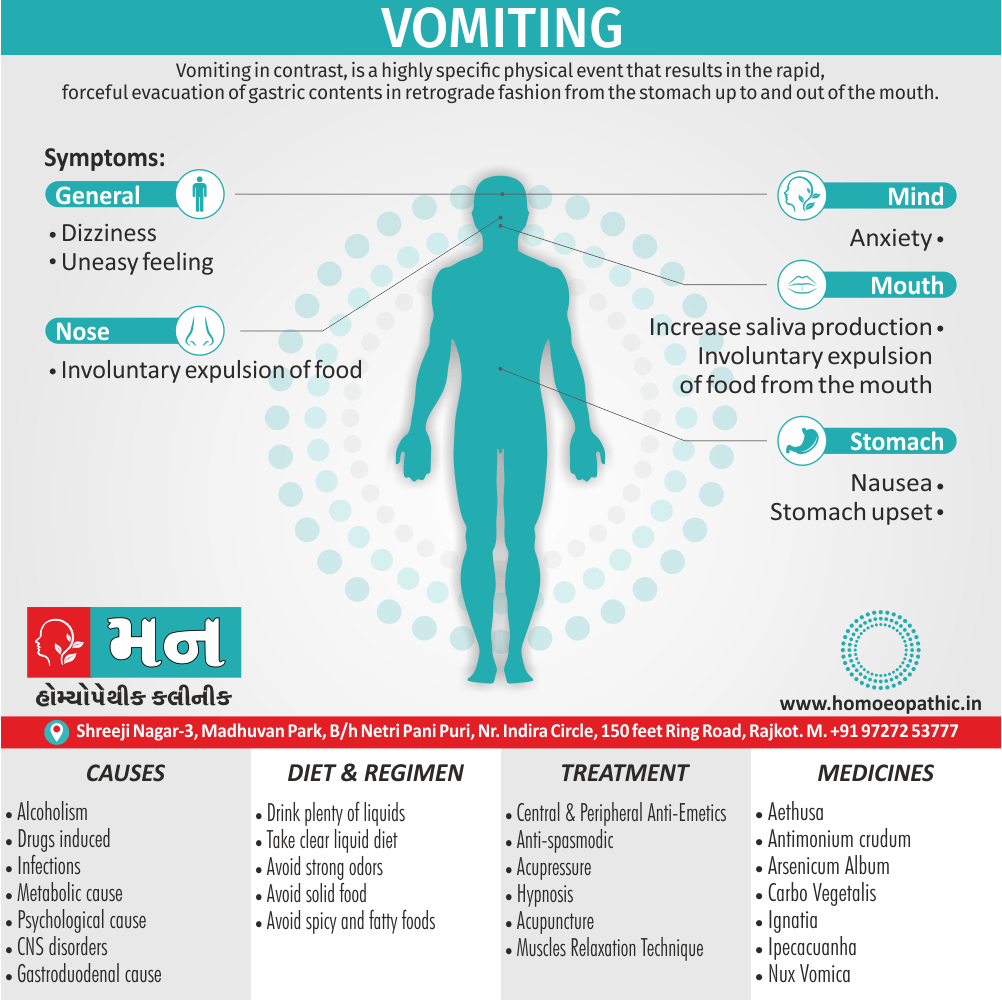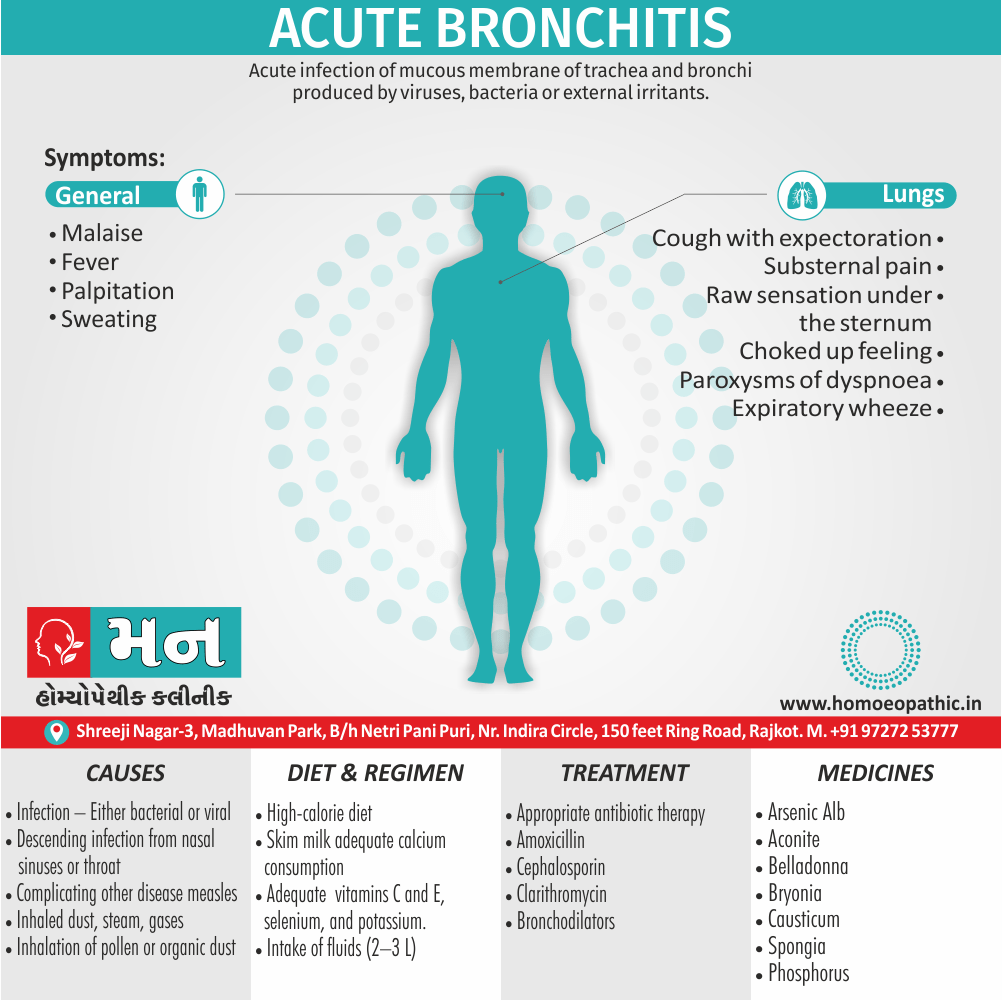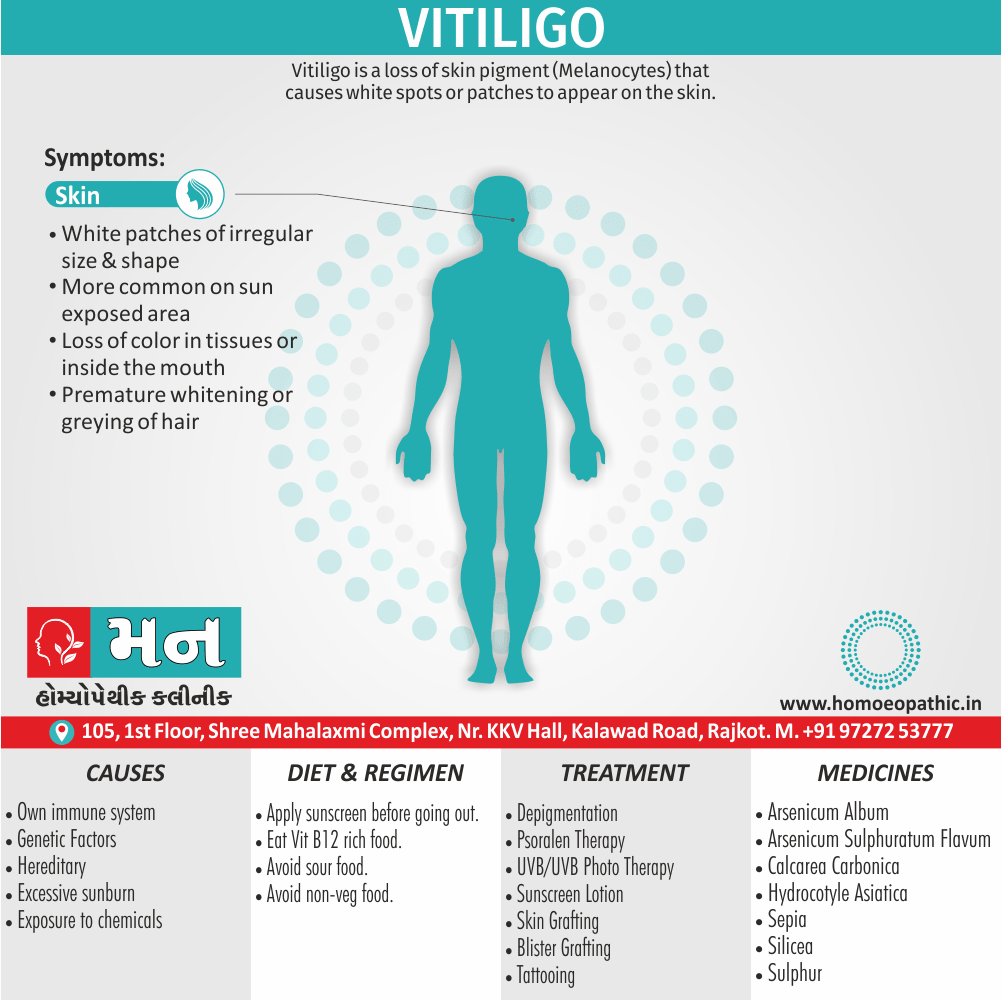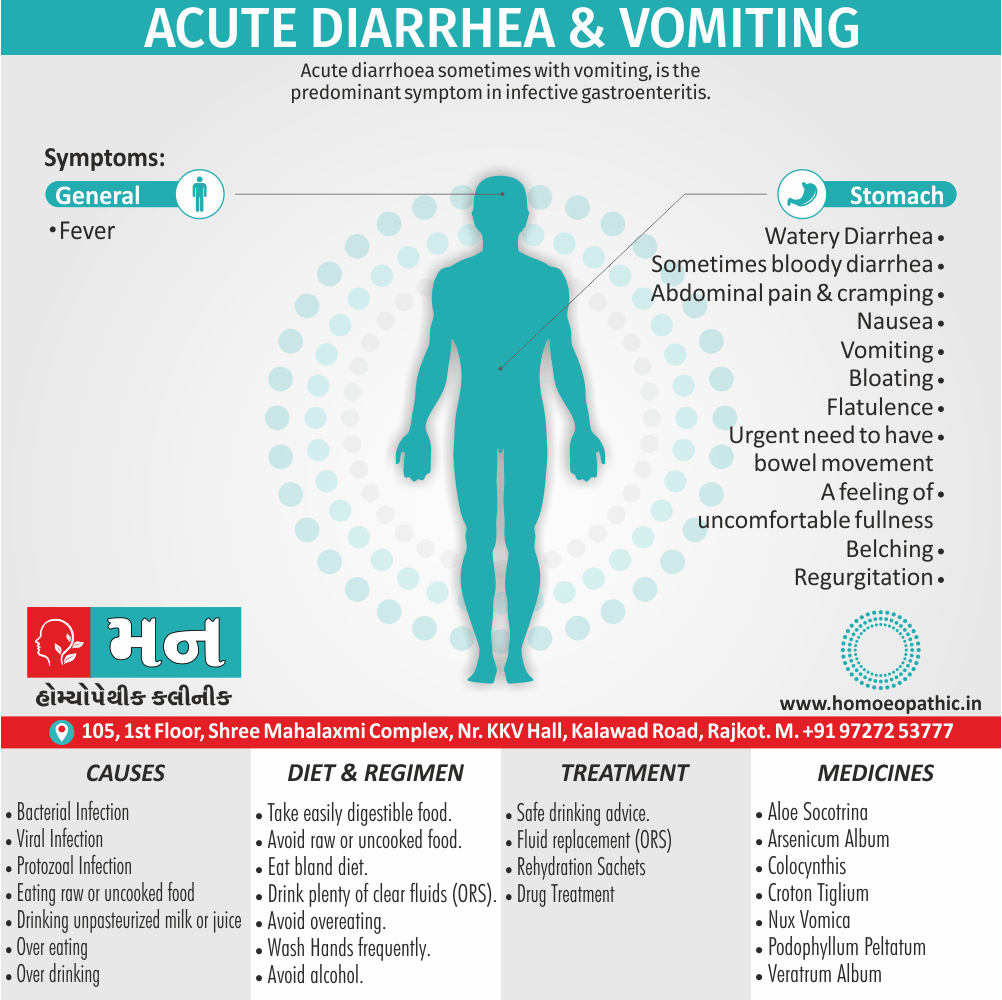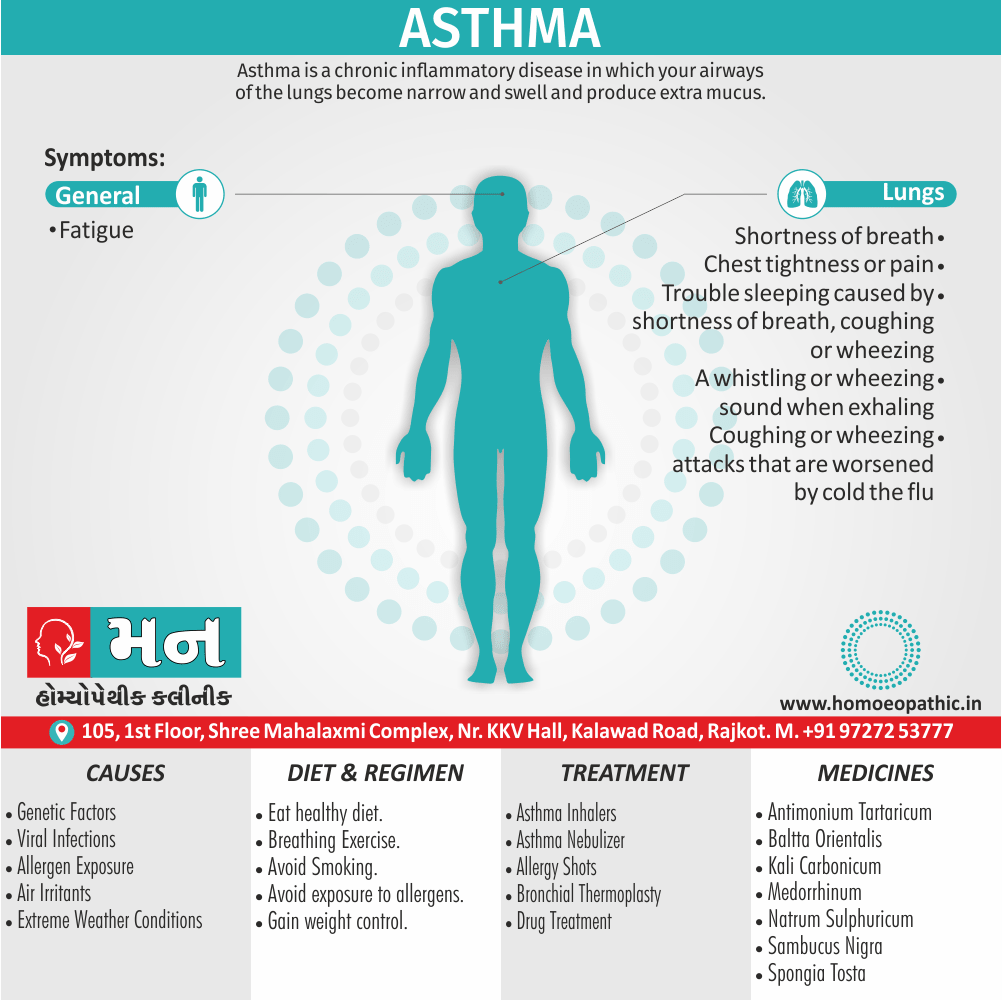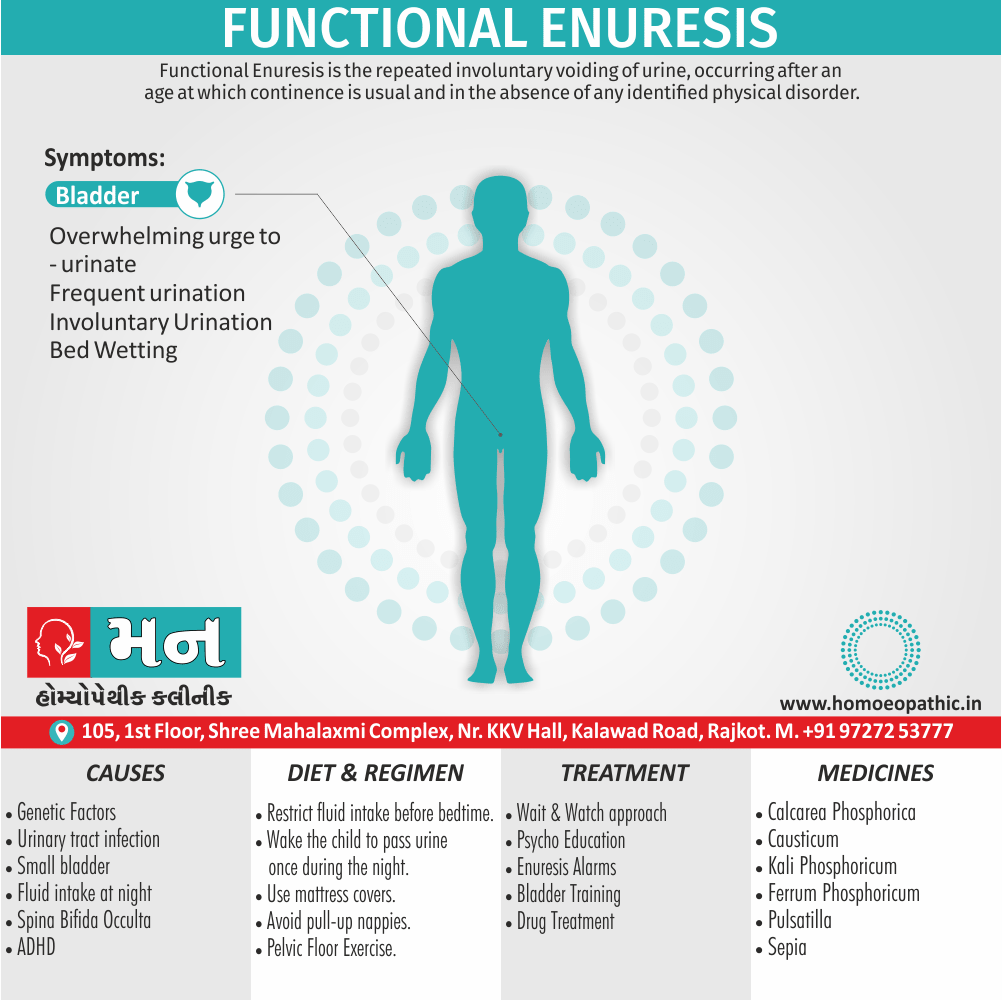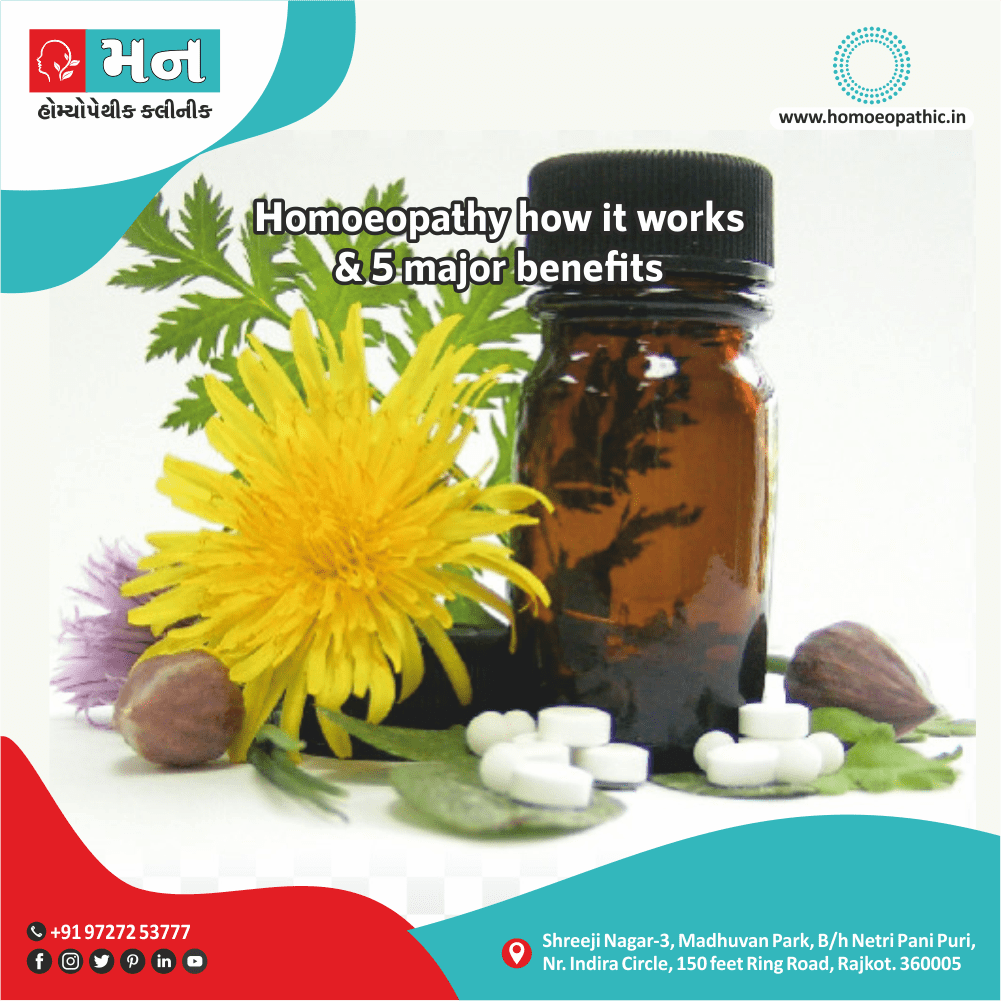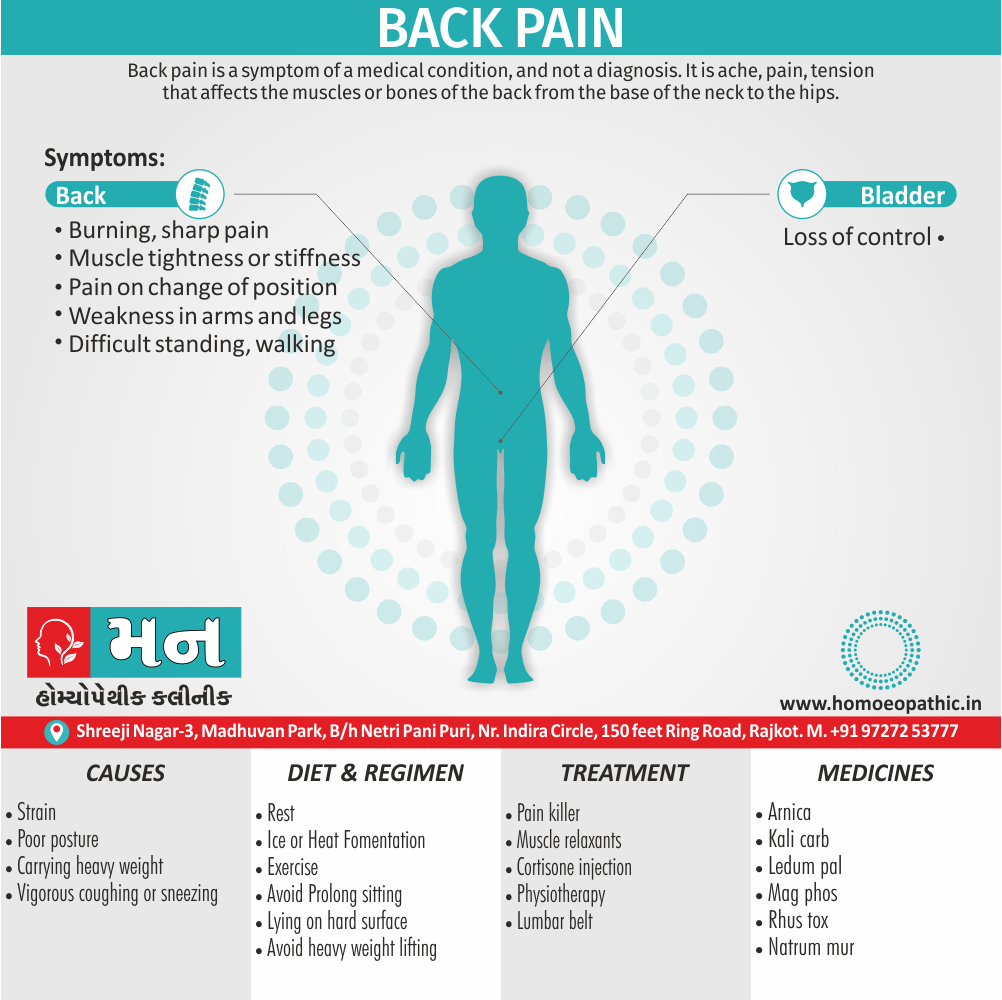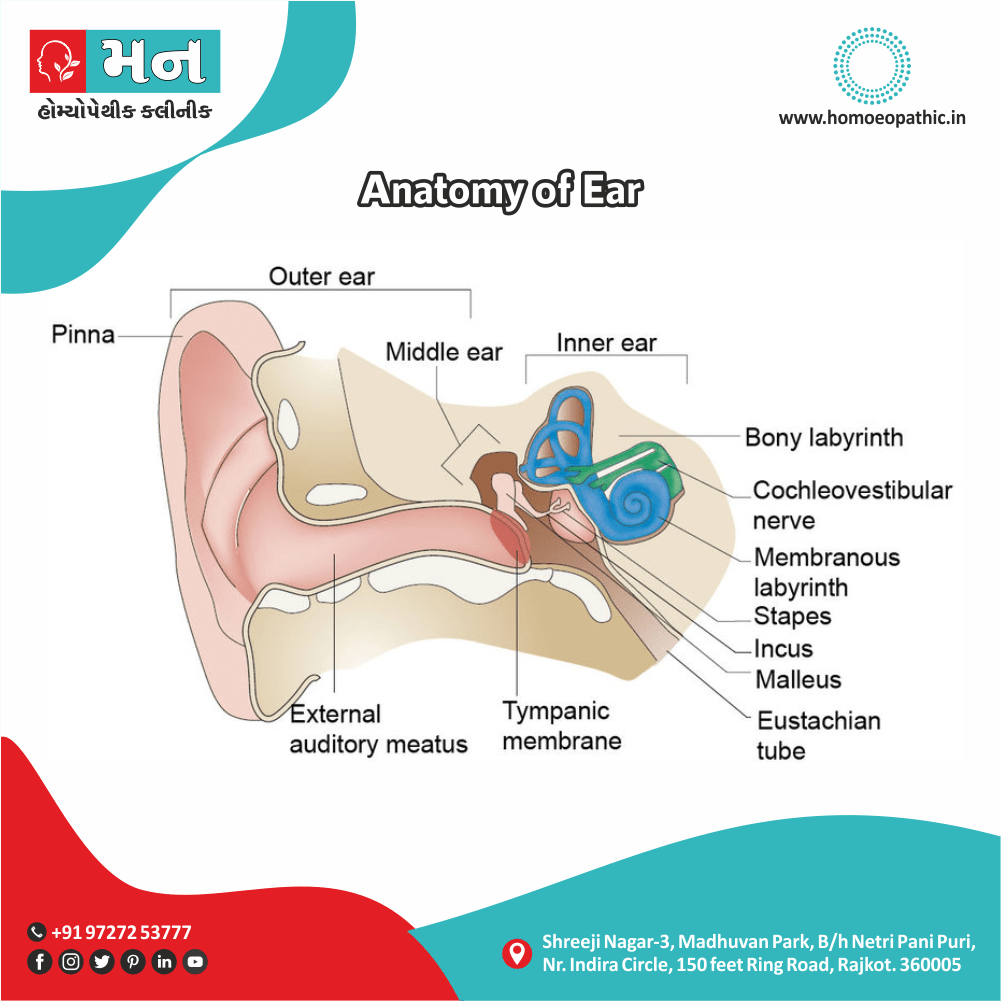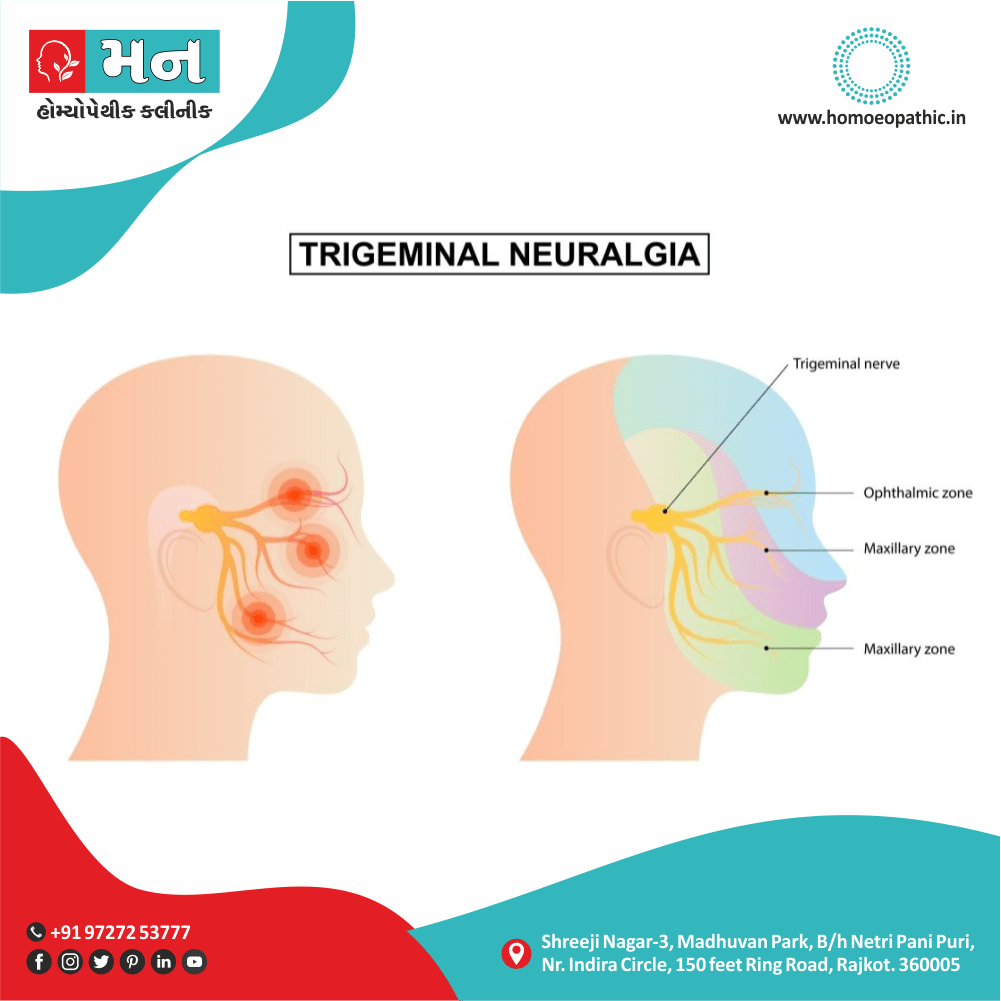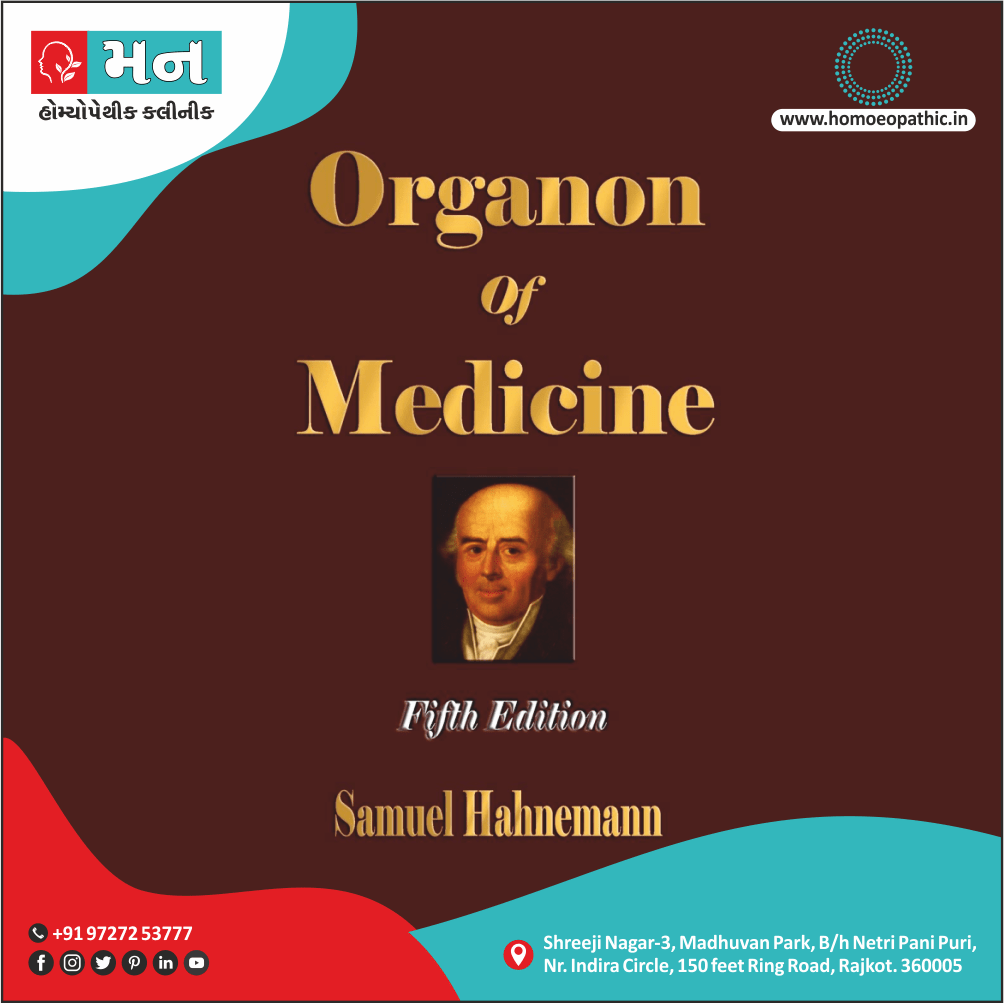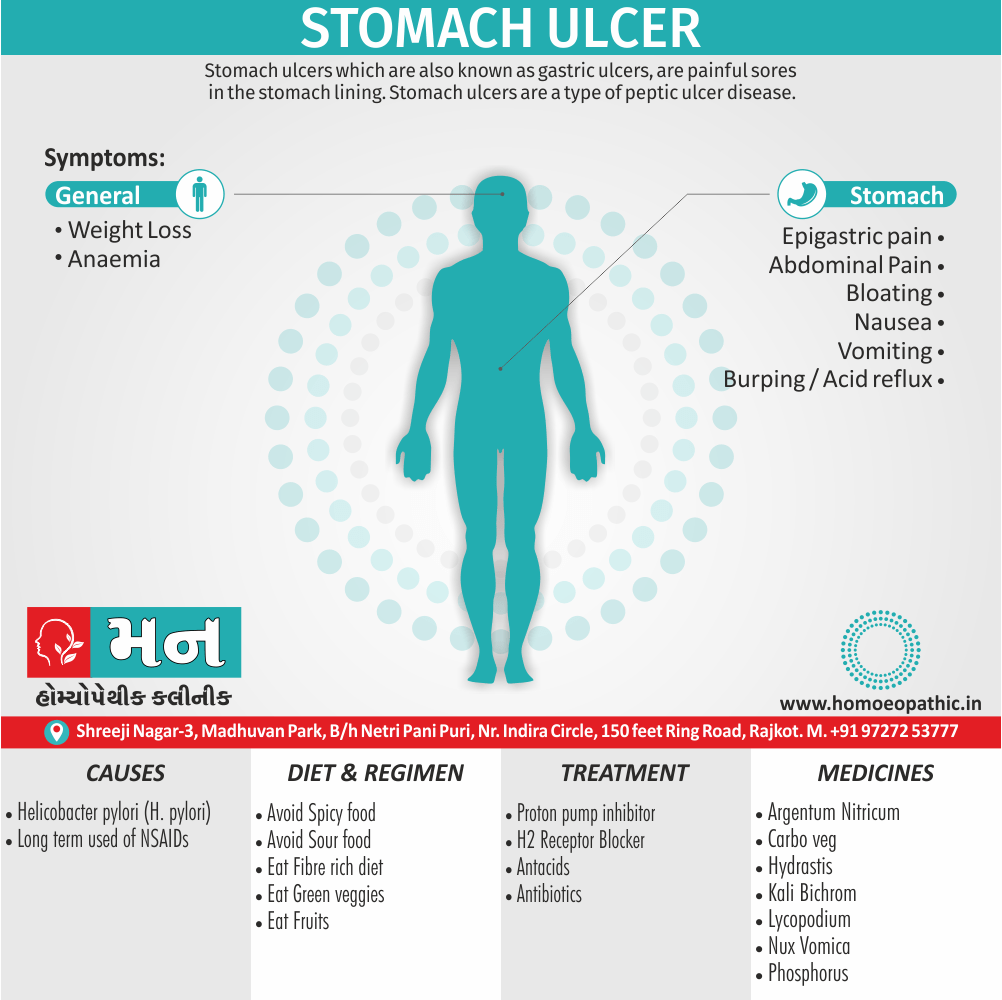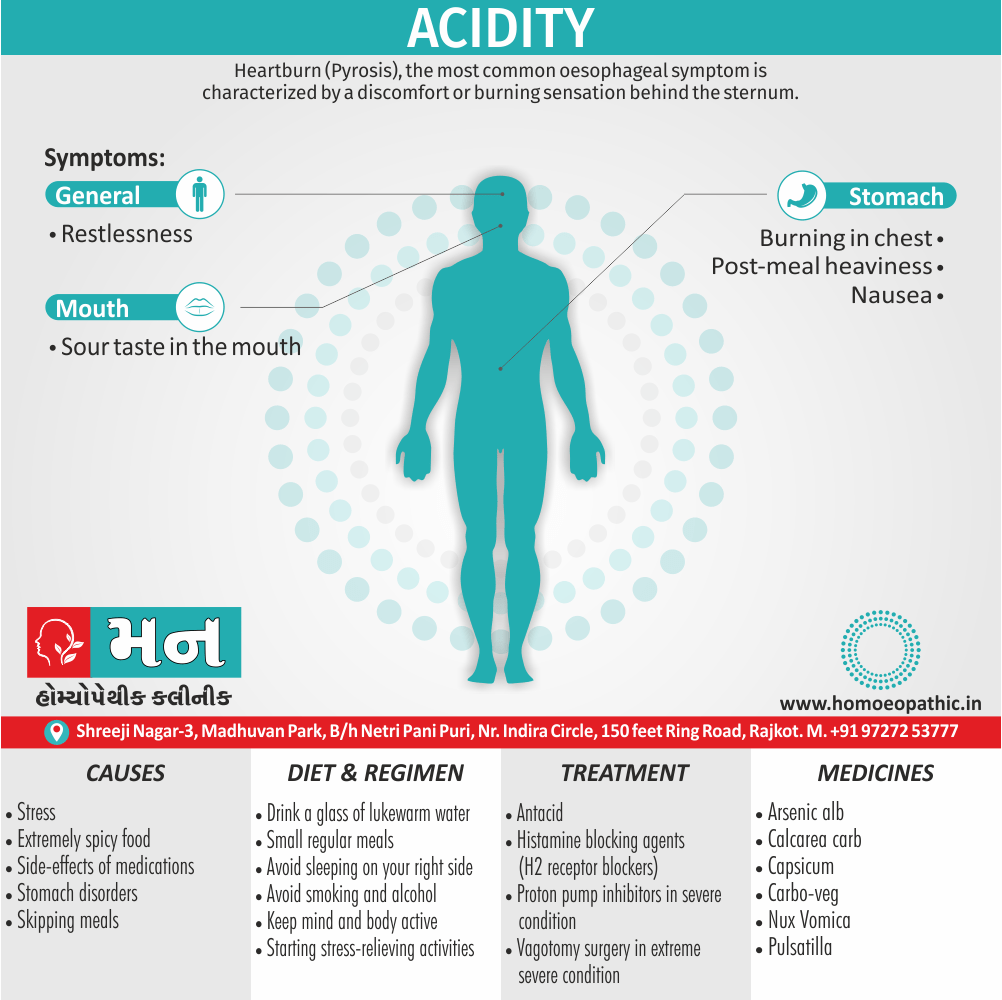Allium Sativum:
Allium Sativum common name: Garlic
Tincture from the fresh bulb ; used as a condiment since olden times, and against worms and some fevers.
Proved in France by Petroz and Teste, 1852.
Allium Sativum belongs to Liliacea family.
Mind of Allium Sativum:
Weak memory. Additionally, Lack of ideas.
Desire to escape.
Sadness when alone ; moral uneasiness ; afraid of never getting well ; fear of not being able to bear any kind of medicine ; fear of being poisoned ; sensitiveness ; impatience.
Cannot bear anything ; wants many things but is not pleased with any ; especially every afternoon.
Particular symptoms of Allium Sativum:
SENSORIUM
Vertigo : worse on looking long and steadily at anything whereas transient on rising from a seat and heaviness of head, > as soon as menses appear.
INNER HEAD
Heaviness in head : in forehead, can hardly open eyes ; with mucus in throat ; ceases with onset of menses, also returns afterwards.
Moreover, Pulsations in temples.
Allium Sativum has Dull pain in occiput in morning when lying on back.
Pressing pains from within outward.
** Headache. especially In dyspeptic subjects.
OUTER HEAD
Dandruff and similarly Baldness.
SIGHT AND EYES
Could read only with spectacles ; additionally heaviness in eyes.
Catarrhal ophthalmia at night ; smarting, burning, lachrymation ; eyelids agglutinated ; returns every night when he tries to read.
Tarsi sore, with irritation of eyes.
Profuse watering of eyes but without coryza.
HEARING AND EARS
Deafness of left ear (catarrhal).
Hardened earwax (topically with milk).
Furthermore, Hardened crusts in outer canal.
His customary aural catarrh disappeared ; surprisingly he heard better in diseased ear.
SMELL AND NOSE
Basically Increased secretion of nasal mucus, with slight stoppage of both nostrils.
Coryza comparatively more dry than fluent, with pressive pain from above root of nose.
Ozana.
At last, Allium Sativum has Smarting at junction of ala and face, mostly left.
FACE
Allium Sat. has Smarting, also itching of face.
Spots in face.
Besides this, Stinging in one side of face.
LOWER FACE
Smarting as from herpetic eruption, especially near left angle of lips.
Lips dry.
TEETH AND GUMS
Toothache paroxysmal also severe.
Tickling sensation in lower teeth.
Drawing in teeth, swollen gums, sensation of a hair on tongue, < from reading.
Pressing, transitory jerking in jaws also upper molars of r. side, in forenoon.
Scurvy.
TASTE, SPEECH, TONGUE
Taste : hot, as from throat, causing increase of saliva.
Allium Sat. has Tongue furred white, with a disagreeable taste. Additionally, Tongue dry at night.
INNER MOUTH
Copious, sweetish saliva ; especially after meals, more after supper and at night.
Moreover Mouth symptoms worse from reading.
Sores in mouth.
PALATE AND THROAT
Sticky feeling in throat, with dryness, tickling heat and raw feeling in larynx.
Anterior part of throat not sensitive to touch.
Allium Sat. has Ulcerated throat. Similarly, Accumulation of mucus in throat with heaviness of head in morning.
Feels as if something cold, then again something hot also stinging ascended oesophagus.
APPETITE, THIRST, DESIRES, AVERSIONS
Voracious appetite.
Hunger and emptiness in stomach, but without appetite.
Desire for butter.
Thirst.
EATING AND DRINKING
Bowels disturbed by slightest deviation in diet.
The least change in his usual manner of living increases dyspepsia.
Complaints from bad water.
In general, Chests complaints worse after eating.
Copious flow of saliva after eating.
Burning eructations especially after a meal.
Weight in hypogastrium especially immediately after a meal.
Complaints of those who eat to excess ; gluttony.
HICCOUGH, BELCHING, NAUSEA ALSO VOMITING.
Belching after every change of diet.
SCROBICULUM AND STOMACH
Heartburn.
Pressure as from a stone.
Long-standing dyspepsia, especially in old, fleshy people, whose bowels are disturbed by slightest deviation from a regular diet.
HYPOCHONDRIA
In forenoon pressure in epigastrium and transverse colon, had to sit bent forward also press with hands.
Pain under short ribs, then back and lastly at right side.
ABDOMEN AND LOINS
Pain in region of descending colon, just below ribs.
Violent burning in abdomen.
Wind-colic.
Everything (in abdomen) seems to drag downward.
Every step on pavement caused excruciating pain, as if intestines would be torn apart ; > by lying down.
STOOLS AND RECTUM
Expels flatus.
Stools at first fecal, after that watery and hot.
Looseness of bowels.
Constipation with almost constant dull pains in bowels.
Normal stool immediately after a meal.
Prolapsus ani.
Expels worms.
URINARY ORGANS
Pain in region of kidneys.
Bladder distended, could bear no pressure ; continual urging to urinate with passing of a few drops.
** Ulceration of bladder, caused by calculi.
Allium Sat. has Urine whitish, abundant, becomes cloudy from nitric acid.
Urine increased, or lessened in quantity.
Urine dark brown with copious sediment.
A kind of diabetes.
FEMALE SEXUAL ORGANS
Menses too early ; headache and dizziness lessen as flow becomes established.
Soreness of vulva and thighs during menstrual flow.
Pustules on vulva during menses.
Bright red spots, with itching and smarting on inside of labia majora and at vulva.
PREGNANCY, PARTURITION, LACTATION
Said to be injurious during pregnancy.
After-birth remains.
Mamma swollen and painful to touch.
Allium Sat. has Dull stitches in right mamma.
Said to be injurious to the nursing.
Mamma swell after weaning.
VOICE AND LARYNX, TRACHEA AND BRONCHIA
Voice rough ; hoarse.
Sore sensation in larynx.
Chronic catarrh of windpipe without fever, but with difficult breathing and moist cough.
Almost continuous mucous rales in bronchi.
RESPIRATION
Difficult respiration as if sternum was compressed.
Periodical asthma.
COUGH
Chronic cough, dyspnoea ; ropy sputum.
Cough hollow, dry, not very frequent.
Morning cough, after leaving his bed-room, with extremely copious mucous expectoration.
Cough which seems to come from stomach.
Dry cough after eating.
Cough which gives rise to a fetid smell.
Sudden paroxysm of hard dry cough while smoking, obliging him to quit.
Expectoration of a thin, yellowish, purulent-looking, bloodstreaked mucus, of a putrid odor.
Great difficulty in expectorating a glutinous mucus.
INNER CHEST AND LUNGS
Pain in left side of chest, with dark urine.
Lancinating in one side of chest.
HEART, PULSE AND CIRCULATION
Palpitation. Additionally, Allium Sativum has Jerking pulsations of heart.
Accelerates circulation.
OUTER CHEST
Stitches in pectoral muscles and beneath scapula.
NECK AND BACK
Drawing or darting pains in neck.
Moreover, Backache.
Weak back, child does not learn to walk ; marasmus (topically).
Allium Sativum has Red spots like ringworm on back.
Cutting pain in sacrum in morning.
UPPER LIMBS
Red spots on hands.
Skin peels off the hand.
Dry heat on back of hands ; slight moisture of palms.
LOWER LIMBS
Rheumatism of hips.
Allium Sativum has Tearing pain in hip.
Intolerable pain confined to common tendon of iliac and psoas muscles ; < from least movement ; extorts cries when he tries to cross his limbs ; no pain if he lifts leg gently with hand ; < 8 P. M. in bed, as a result they cannot change his position or sleep.
Pains in limbs < from changes of temperature but under influence of moist heat.
Weakness of legs ; worse at knees.
Legs do not grow as rapidly as rest of body.
Pain as from a sprain in ankle joint.
Tearing pain in feet.
Sensation of stiffness in feet.
Toe joints pain as if sprained. Additionally, Burning in soles.
REST, POSITION, MOTION
Lying down : relieves pain in abdomen.
Moreover, Lying on back : dull pain in occiput.
In bed : pain in tendon < ; especially cold at night.
Must sit bent forward : with pain in epigastrium.
Allium Sativum is Rising from a seat : transient vertigo.
Motion : increases pain in common tendon of iliac also psoas muscles ; makes rheumatism <.
Every step : causes excruciating pain in intestines.
NERVES
Lassitude, especially in lower limbs ; a muscular weakness, with rheumatic pains ; generally worse in morning.
Child drowsy, lifeless ; would not walk ; torpor of bowels ; great paleness.
SLEEP
Drowsiness after a meal.
Muscles twitching on falling asleep.
Sleep prevented by : stitches in chest ; weight in stomach ; thirst.
Coldness felt in sleep as soon as awakening him frequently.
Allium Sativum has Restless sleep.
Dreams : of water and storm ; of rapid transit from place to place ; anxious ; continue after waking.
TIME
Night : catarrhal ophthalmia.
Morning : dull pain in occiput ; heaviness of head and accumulation of mucus in throat ; cutting pain in sacrum ; rheumatic pains worse.
Forenoon : jerking in jaws and upper molars ; additionally pressure in epigastrium and transverse colon.
Afternoon : sweat.
TEMPERATURE AND WEATHER
Worse in open air : chest complaints.
Change of temperature : pains in limbs worse.
Moist heat : pains in limbs worse.
Damp cold weather : tearing also stinging in different parts of body.
FEVER
Chilliness and heat alternate, more evenings ; acrid sweat causing itching ; hard pulse.
Cold at night in bed.
Vomiting during fever.
Sweat acrid, offensive.
Sweat in afternoon.
ATTACKS, PERIODICITY
Periodical asthma.
Stitches with paralytic weakness or tearing ; sometimes increasing to a high degree after that diminishing in same way.
LOCALITY AND DIRECTION
Right : pressing, jerking in upper molars ; pain in side ; dull stitches in mamma.
Left : catarrhal deafness ; smarting at junction of ala nasi also face ; smarting near angle of lips ; pain in chest.
Pains go from within out, additionally expanding sensation.
SENSATIONS
As of a hair on tongue ; as if something cold then hot and stinging ascended oesophagus ; as if intestines would be torn apart when stepping ; expanding sensation, pains go from within out.
Pain : in region of kidneys ; in left side of chest ; in tendon of iliac and psoas muscles ; especially in limbs.
Dull stitches : in right mamma.
Lancinating : especially in one side of chest.
Stitches : in pectoral muscles also beneath scapula.
Transitory jerking : in jaws also upper molars.
Darting pains : in neck.
Cutting : in sacrum.
Drawing : in teeth ; in neck.
Tearing pain : in hip ; also in feet.
Pressing pain : from within out in head ; in jaws also upper molars.
Dull pain : in occiput ; in bowels.
Pressive pain : from above root of nose.
Sprained feeling : in ankle ; in toe joints.
Soreness : of tarsi ; of vulva also thighs ; in larynx.
Raw feeling : in larynx.
Burning : in soles ; also of skin.
Smarting : at junction of ala nasi also face ; near left angle of lips ; of vulva.
Stinging : in one side of face.
Heaviness : in head ; in eyes.
Weakness : of legs ; muscular.
Stiffness : especially in feet.
Heat : in larynx ; on back of hands.
Coldness : felt in sleep.
Tickling : in lower teeth ; in larynx.
Itching : of face ; of vulva ; of skin.
Dryness : of lips ; of tongue ; in larynx.
TISSUES
Stings also bites.
Dropsy ; especially after protracted intermittent in marshy districts.
TOUCH, PASSIVE MOTION, INJURIES
Touch : causes pain in swollen mamma.
Pressure : must use it during pain in epigastrium also transverse colon ; cannot bear it on distended bladder.
Stings also bites.
SKIN
Skin sensitive ; dry ; wilted.
Swelling with itching also burning.
Herpetic, itching, burning, either red or whitish spots on a swollen surface.
Tetter on ankle.
STAGE OF LIFE, CONSTITUTION
Fleshy people : catarrhs.
Fleshy, old people ; dyspepsia.
Those accustomed to high living and excessive eating.
RELATIONS of Allium Sativum:
Similar to : Bryon. ; Capsic. (asthma, fetid breath with cough) ; Coloc. (colic, hip-pain) ;Ignat. ; Lycop. ; Nux vom. also Senega.
Not following well : Aloes, All cep., Scilla.
Complementary to Arsen., especially in catarrh, asthma also effects of overexertion.
Antidote to All. sat. : Lycop.
“NOTE:
PLAIN TEXT : LOWEST & DESIGNATES AN OCCASIONALLY CONFIRMED SYMPTOMS;
Plain blue: MORE FREQUENTLY CONFIRMED;
BOLD BLUE : SYMPTOMS VERIFIED BY CURES;
BOLD RED : REPEATEDLY VERIFIED;
$BOLD ITALIC RED$ : AN APPROVED CHARACTERISTIC;
θ : STANDS BETWEEN CURED SYMPTOM & PATHOLOGICAL CONDITION;
** : OBSERVED FROM EITHER OLD SCHOOL OR NEW SCHOOL;
toxic : Toxicology;
r : Right;
l : Left;
< : Increased or aggravation, whereas > : Decrease or amelioration;
^^ : Symptoms observed only on the sick “







